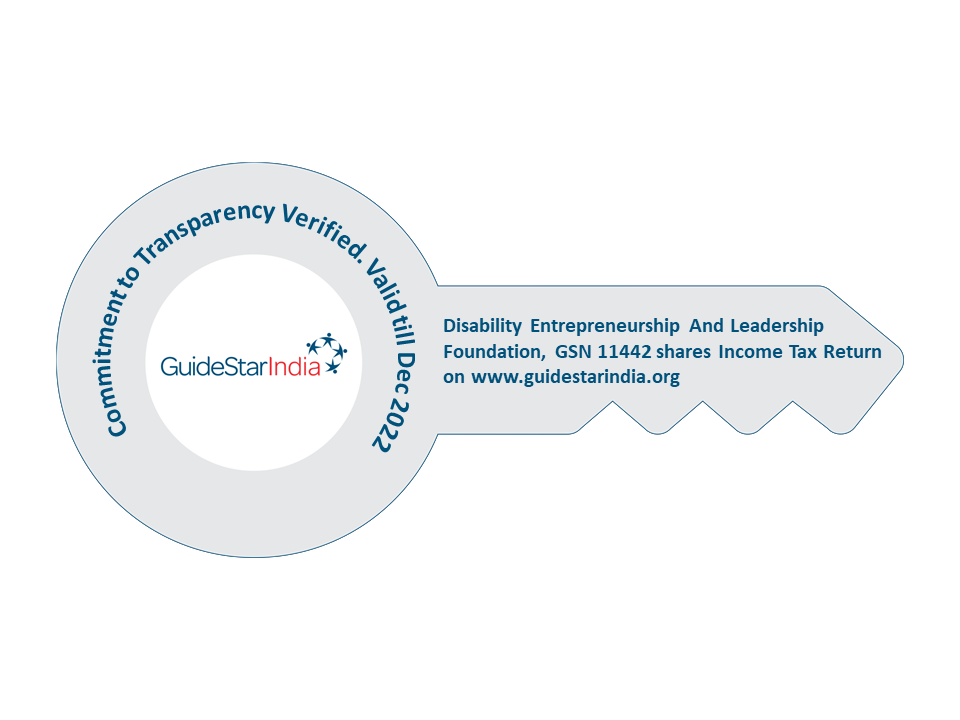This is the second series to the game of nutrition cards created by Dr. Bharati Chimmad (UAS Dharwad). This is an innovative and fun filled way to engage everyone to encourage healthy eating.
There is an ayurvedic proverb that goes like this “When diet is wrong, medicine is of no use, when diet is correct, medicine is of no need”
Here is a reminder how the card game goes:
There is a pack of seventy three health and nutrition cards. Each card contains a colorful image of the food produce for example vegetable, fruit etc. with nutrition information printed on its reverse. The packs of cards are shuffled before being distributed equally among players without disclosing the nutrition information contained in the cards. Each player arranges his or her cards in a neat pile without disclosing to other players the content of his or her cards.
In the first round, the topmost card will be picked up by the first player and the name of the food and the main nutrient content is announced aloud. Other players follow and do the same. Cards from respective players are compared to see which card has the topmost nutrition value. The player who declares highest nutrient content gains all the cards that were played in that round. The game continues and the player who ends up with most number of cards is the winner.
Today we will look at Black lentils (urad dal), Linseed, Soy Bean, Beetroot, Papaya, spinach, cow’s milk, skim milk and buffalo’s milk.
Black lentils / split black gram (urad dal):
Black lentils or split black gram (urad dal) is one of the famous lentils used in southern parts of Asia, especially in Indian cuisine. Black lentils is said to improve digestion, protect heart, boost energy, improve bone health, strengthen nervous system, help manage diabetes and reduce pain and inflammation. It consists of the following nutrients:
Per 100g
| Energy (Kcal) | 347 |
| Protein (g) | 24 |
| Fat (g) | 1.4 |
| Dietary fiber (g) | 11.7 |
| Calcium (mg) | 154 |
| Iron (mg) | 3.8 |
| Vitamin A (pg) | 4.75 |
Linseed:
Linseed is highly prized for its impressive nutritional profile and health incentives. It is available in two varieties based on their color brown and yellow linseed. Both varieties have more or less similar nutritional profile. Linseeds are bestowed with vast reserves of nutrients. Linseeds is said to prevent cancer, promote heart health, regulate blood sugar, stimulate digestive health and manage weight. It consists of the following nutrients:
Per 100g
| Energy (Kcal) | 530 |
| Protein (g) | 20.3 |
| Fat (g) | 37.1 |
| Dietary fiber (g) | 28.11 |
| Calcium (mg) | 170 |
| Iron (mg) | 2.7 |
Soy Bean:
Also known as soya bean is economically the most important bean in the world, providing vegetable protein for millions of people and ingredients for hundreds of chemical products. Soy bean helps relieve sleep disorders, manage diabetes, improve blood circulation, aids healthy digestion, relieves menopausal symptoms, improves heart health, possesses anti-cancer properties and aids weight management. It consists of the following nutrients:
Per 100g
| Energy (kcal) | 432 |
| Protein (g) | 43.2 |
| Fat (g) | 19.5 |
| Dietary fiber (g) | 23 |
| Calcium (mg) | 240 |
| Iron (mg) | 10.4 |
Beetroot:
Beetroots, commonly known as beets, are a popular root vegetable used in many cuisines around the world. Beetroot provides a wide range of benefits such as reducing blood pressure, improving digestion, lowering risk of diabetes, improves digestion, improves athletic performance, fights inflammation, supports brain health and aids weight management. It consists of the following nutrients:
Per 100g
| Vitamin C (mg) | 10 |
| Calcium (mg) | 18.3 |
| Energy (kcal) | 43 |
| Protein (g) | 1.7 |
| Dietary fiber (g) | 3.5 |
| Iron (mg) | 1.2 |
Papaya:
Papaya is a succulent fruit of a large plant of the family Caricaceae. As a dual or multi-purpose, early-bearing, space conserving, herbaceous crop, it is widely acclaimed despite its susceptibility to natural enemies. Papaya has many health benefits like antioxidant effects, anti-cancer properties, improves heart health, fights inflammation, improves digestion, protects against skin damage and improves hair health. It consists of the following nutrients:
Per 100g
| Vitamin A (pg) | 83.25 |
| Vitamin C (mg) | 57 |
| Calcium (mg) | 17 |
| Energy (Kcal) | 32 |
| Protein (g) | 0.6 |
| Dietary fiber (g) | 2.6 |
| Iron (mg) | 0.5 |
Spinach:
Spinach is a leafy green vegetable that originated in Persia. It belongs to the amaranth family and is related to beets and quinoa. Spinach has many health benefits like aids in diabetes management, prevents cancer, prevents asthma, lowers blood pressure, aids in bone health, promotes digestive regularity, and promotes healthy skin and hair. It consists of the following nutrients
Per 100g
| Vitamin A (pg) | 697.5 |
| Calcium (mg) | 73 |
| Energy (Kcal) | 26 |
| Protein (g) | 2 |
| Dietary fiber (g) | 2.5 |
| Iron (mg) | 1.14 |
Cow Milk:
Cow’s milk is a good source of protein and calcium as well as other nutrients. The benefits of cow milk are that it is packed with nutrients, good source of healthy protein, benefits bone health and helps prevent weight gain. It contains the following nutrients:
Per 100g
| Energy (Kcal) | 67 |
| Protein (g) | 3.2 |
| Fat (g) | 4.1 |
| Calcium (mg) | 120 |
| Iron (mg) | 0.2 |
| Vitamin A (pg) | 6.625 |
Skim milk:
Skim milk or skimmed milk is made when all the milk fat is removed from whole milk. It tends to contain around 0.1% fat. Skimmed milk is made by centrifugal separation, in which most or all of the fat molecules are separated from the remainder of the milk. Skim milk helps build lean muscles, aids in weight loss, helps in growth and development, maintains heart health, controls blood pressure and lowers cholesterol levels. It consists of the following nutrients:
Per 100g
| Energy (Kcal) | 29 |
| Protein (g) | 2.5 |
| Fat (g) | 0.1 |
| Calcium (mg) | 120 |
| Iron (mg) | 0.2 |
Buffalo Milk:
Buffalo milk has a higher fat, protein, lactose, vitamin and mineral content than cow’s milk. It is also whiter and has a thicker consistency, which makes it perfect for the production of fat-based dairy products. It has many health benefits like; it supports bone health, provides antioxidant activity, and improves heart health. It contains the following nutrients:
Per 100g
| Energy (Kcal) | 117 |
| Protein (g) | 4.3 |
| Fat (g) | 6.5 |
| Calcium (mg) | 210 |
| Iron (mg) | 0.2 |
| Vitamin A (pg) | 6 |
We will be back with more helpful information on health, nutrition and well-being in our third series of ‘Game of cards helps promote awareness and community engagement’.


 Awarded by Guidestar India
Awarded by Guidestar India